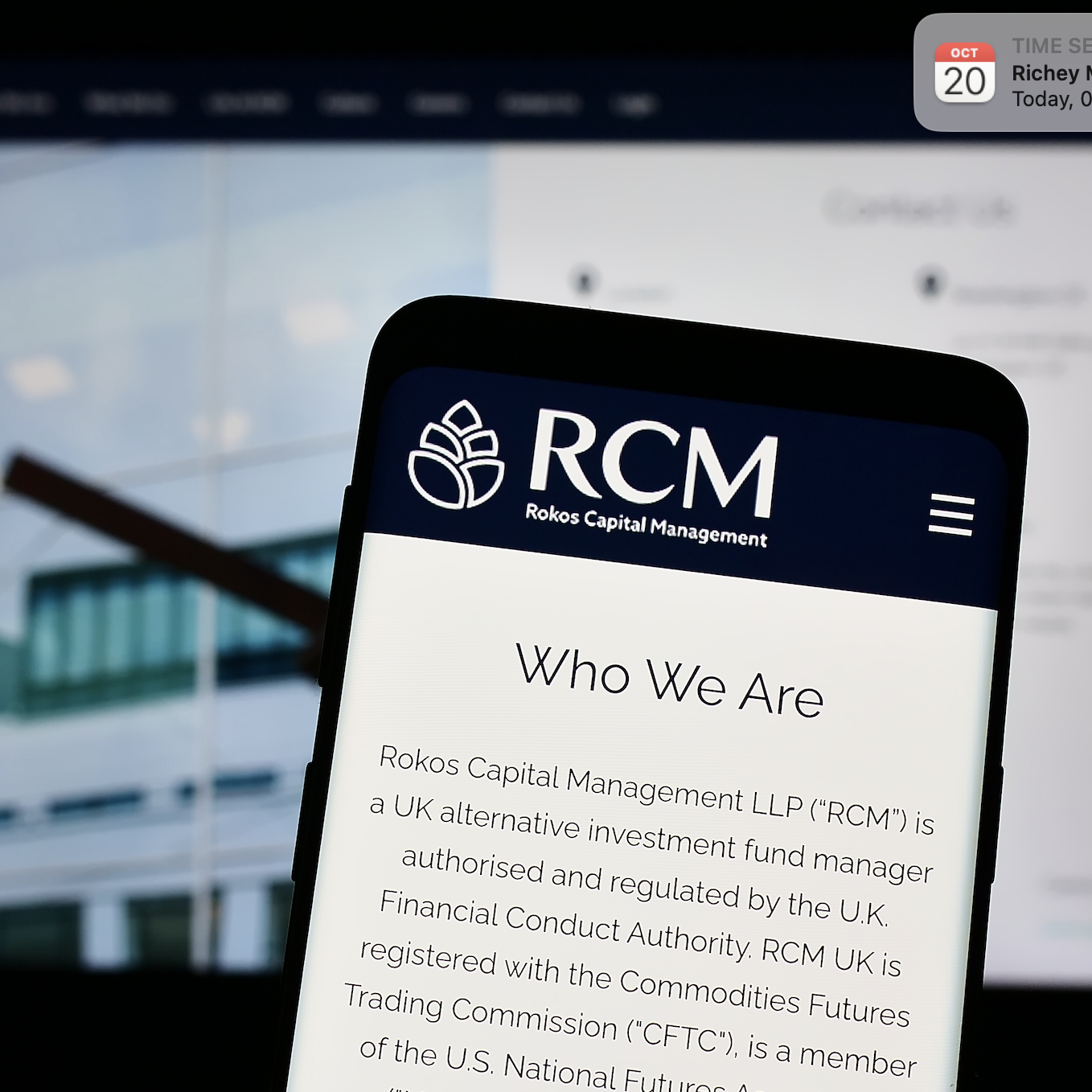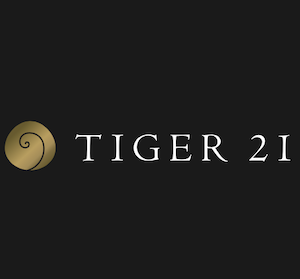Investment Technology Group (‘ITG’) is a leading provider of technology, agency-only trading, research, and analytics. Over the years, it has built out its platform capabilities to support both institutional investment managers and global hedge funds that are looking for tools and services that assist them in managing their portfolio and achieving best execution.
For start-up managers in particular, the ability to interact with a single platform vendor to manage the full trade lifecycle is an attractive proposition given that regulations and investor expectations have raised the cost barrier.
Scott Kurland (pictured) is Global Head of Platform Solutions at ITG. He says that ITG sits in an interesting part of the market whereby it can partner with start-ups to provide them with the tools, infrastructure and risk controls typically only found at larger funds.
“Clients can pick and choose which components of the ITG solution they want to use. For instance, a client could choose to use our Triton EMS with a third party OMS, leverage our global FIX network for global broker connectivity from a third party platform, or deploy our PMS, OMS, EMS and FIX network as a complete end-to-end package. In addition, hedge fund clients can establish a relationship with ITG on a number of levels, including trading, FIX connectivity, and soft dollar programs.
“This allows us to competitively and flexibly price our solution to keep out-of-pocket costs low, while providing the right risk controls and transparency so that when an institutional investor comes to speak with the hedge fund manager, they can demonstrate that they are positioned for growth and scale. Then as the fund grows, so can our relationship with the hedge fund, and the fund’s out-of-pocket costs can actually decline further,” explains Kurland.
Within the ITG platform there are four main tranches of business. The first tranche provides global analytics, transaction cost analysis, performance analysis for best execution reporting.
The second tranche provides high-touch research on a tailored basis in a number of sectors such as Consumer and Energy.
The third tranche provides agency-only brokerage; electronic trading algorithms, dark pool access etc. And the fourth, which falls under Kurland’s remit, is platform technology.
“This includes a suite of technology components that we have re-tooled over the last couple of years to provide a true end-to-end solution for hedge funds of all sizes, from start-ups to growing funds who may be moving from single to multi-prime, single to multi-strategy, or regional to global,” says Kurland.
ITG’s technology solution suite is comprised of three main pieces.
The first is a combined OMS/PMS solution, which Kurland says is quite unique in the industry “because our OMS persists trade and performance history over time. It doesn’t wipe out the history at the end of one trading day and start afresh the next trading day. This means that managers have the ability to run a true shadow NAV for performance, historical P&L and profit attribution across a variety of granular tags.
“They can also perform both forward and backward stress testing based on capital capacity and constraints to determine what the portfolio might have done under a particular scenario, or what it might do if, for example, the manager takes in an additional USD100 million of investor capital.”
Coupled with that, the platform has a global multi-asset class EMS solution which is broker agnostic and connects to 10,000 brokerage points across the globe for derivatives, FX, equities, ETFs, structured products etc.
This EMS suite is called Triton.
“We have a single stock version of the EMS for large block trading, we have a listed version which is used by a lot of equity long/short managers for rebalancing purposes, and we also have a module within Triton that handles more complex asset classes; OTC derivatives, swaps, structured products, and securities lending, that can be traded electronically with time stamps, audit trails and analytics – this is called Triton RFQ Hub.”
“Underlying all of that, we offer a global managed FIX network, providing brokers across the globe which we’ve been running for the last 17 years,” explains Kurland.
As mentioned, flexibility is a major attribute of the ITG platform. Clients can decide how much they want to use, based on the suitability of their business needs.
Knowing exactly how to utilize the platform is easier said than done, especially for start-ups.
Kurland says that they first profile the client to determine where they are today, and where they hope to be in the next couple of years. Do they anticipate adding additional structures such as managed accounts? Will they be adding prime brokers? Will they remain regional or will they plan to go global? Do they need an infrastructure and support group to handle their requirements 24/7 or only require support during US trading hours? Will they want to run their own shadow NAV or will they rely on their prime broker(s) and fund administrator for the investment book of records?
“These are some of the typical questions we will ask new clients – basically, it’s about ascertaining how complex they envisage their fund structure becoming over the next 12 to 24 months,” notes Kurland, confirming that the platform has already added 15 new clients so far this year. “The focus has been on long/short equity managers, which have been a dominant trend in the US this year, but we’ve also seen interest from multi-strategy and global macro funds who are looking to reach more asset classes to generate alpha.
“In that particular case, a client will typically look to implement an OMS and PMS with a true shadow NAV and risk controls because of margin issues, leverage, capital usage; all those things come into play when managing the portfolio risk across multiple asset classes.”
One of the big drivers of demand for platform solutions like ITG’s is to help managers get a clearer insight into the daily trading activity and risk management of the portfolio. This is especially helpful for those managers who may, for example, have multiple prime brokers, a custodian and a fund administrator, and need three-way reconciliation between ITG’s software and that of the prime broker(s) and fund administrator.
“To streamline their process, hedge fund managers want to get an exceptions report that highlights any trade or position discrepancies, and then have an easy way to address or correct these. Our system allows them to do this in one central location. In the morning, the COO can come in and see straight away where the trade breaks have occurred, whether the administrator is missing a position relative to what the prime broker knows, etc.
“The nice thing here is that by having an independent platform, with a shadow NAV capability, if for some reason the prime broker doesn’t get them the position information or there’s a delay, it doesn’t hold up the manager from making portfolio or trade-level decisions, as they always have their positions available at hand in the system, and can simply cross-check with the prime or fund admin later in the day,” comments Kurland.
There are a couple of key considerations for any manager when evaluating hedge fund vendor platforms.
The first is understanding what the OMS/EMS/PMS functionality is on the platform – do managers have the ability to truly know what the portfolio is doing in real-time, in a clear and concise fashion?
“A lot of managers will have an OMS but it doesn’t support the ability to do historic modeling or to look back on what investment decisions were good or bad. Having that capability in real-time at their fingertips is a powerful tool.
The second consideration is that having one vendor who understands the entire lifecycle of the trade workflow is valuable when trying to trouble-shoot an issue. If you try and manage three or four different system vendors – for instance a distinct FIX network provider, an EMS provider, and an OMS vendor – and something goes wrong, you can spend a lot of time trying to work out how it went wrong and who’s fault it was.
“That uses up valuable time, as well as potentially expose the manager to unnecessary market risk when trying to resolve the issue between multiple vendors and platforms.
“Rapid troubleshooting through a streamlined service model should therefore be a key consideration when selecting a platform(s) provider,” says Kurland in conclusion







